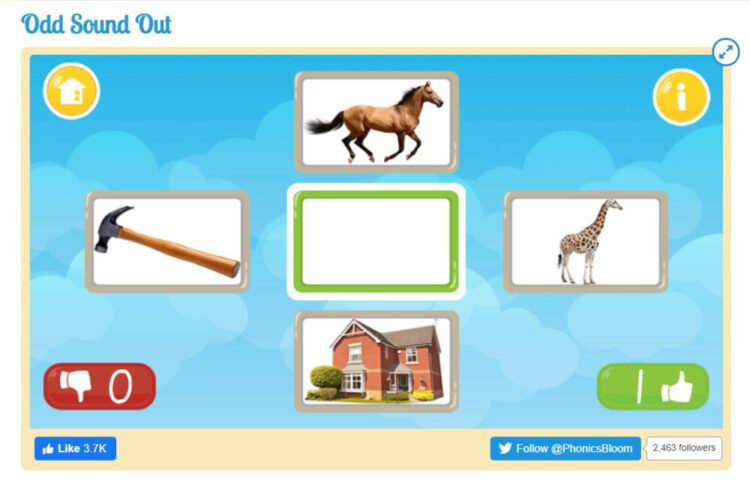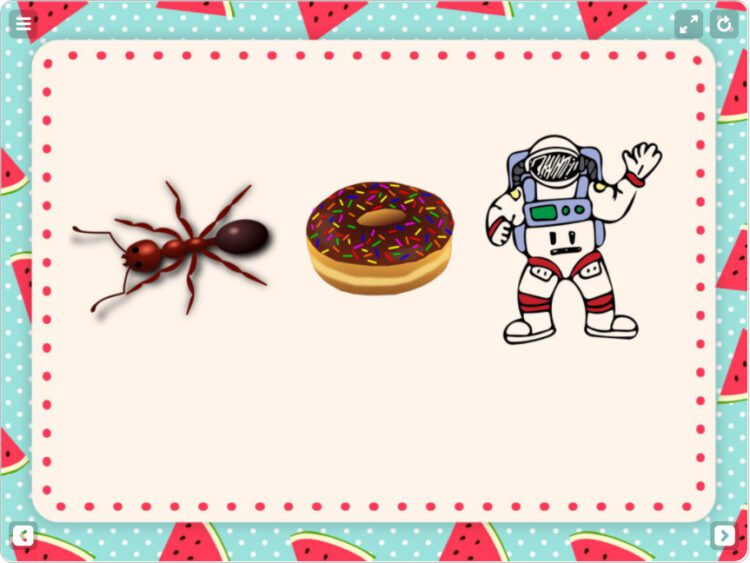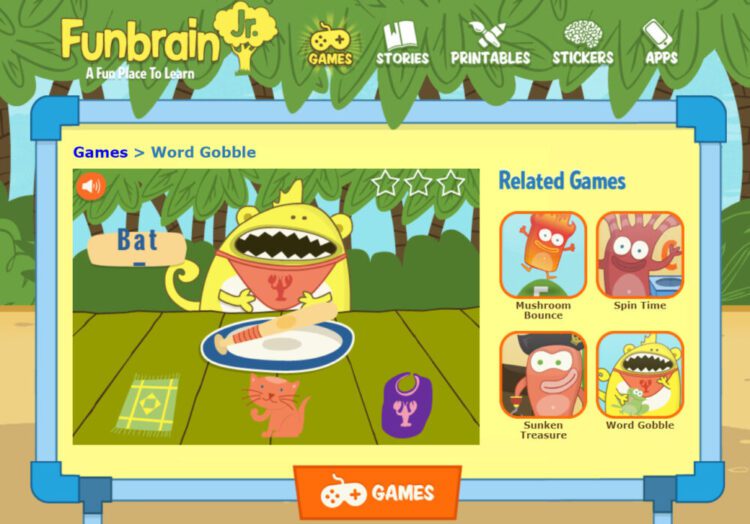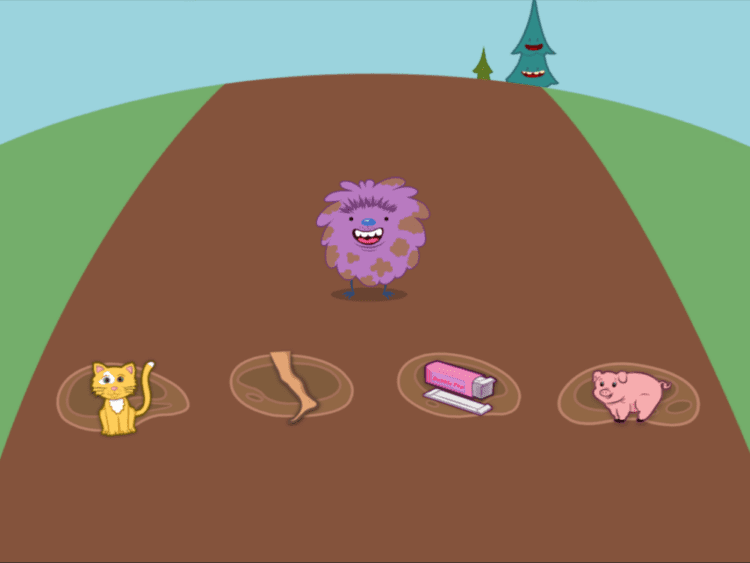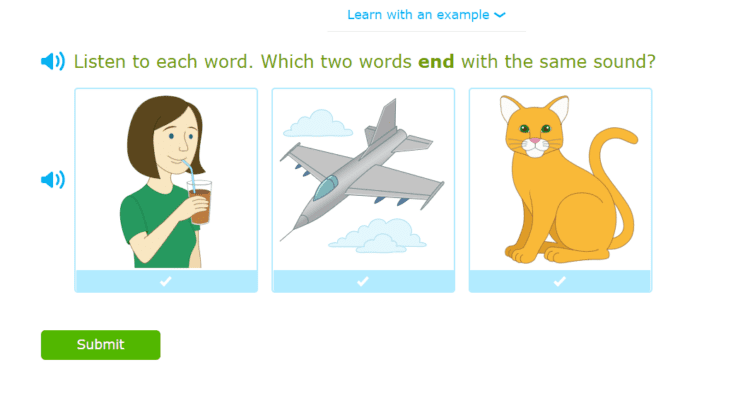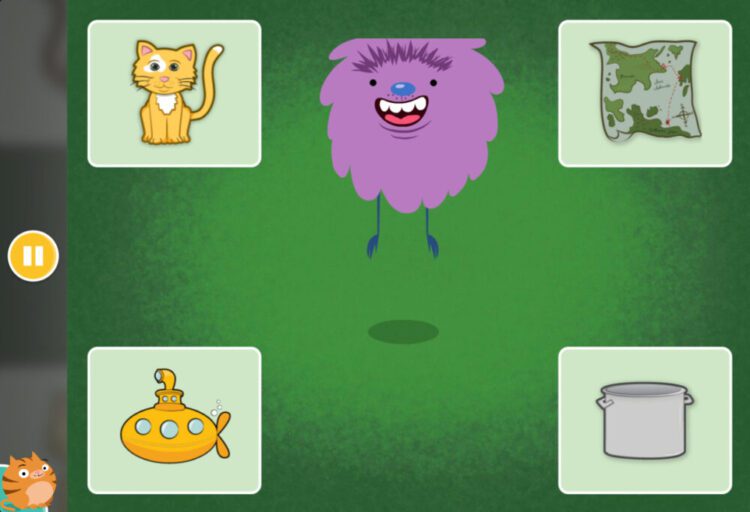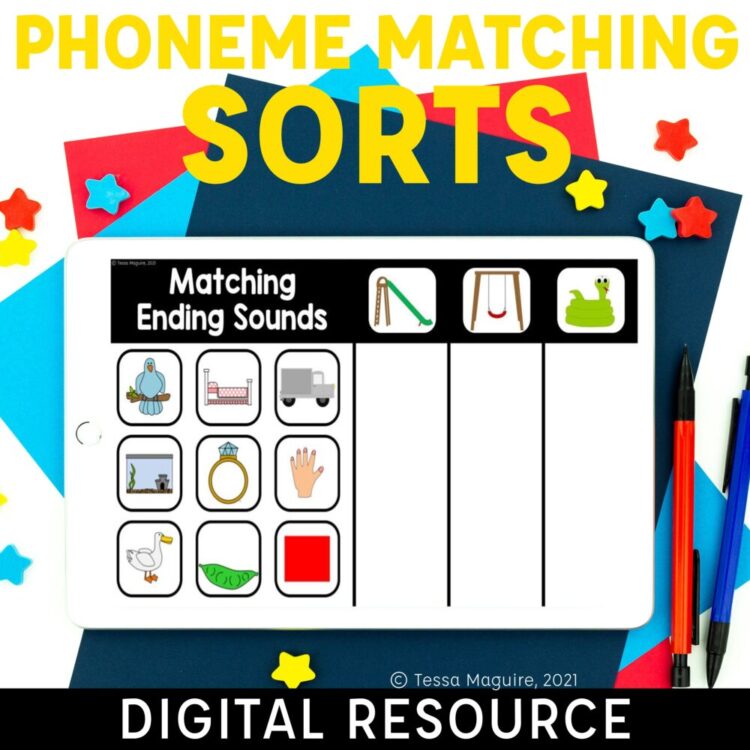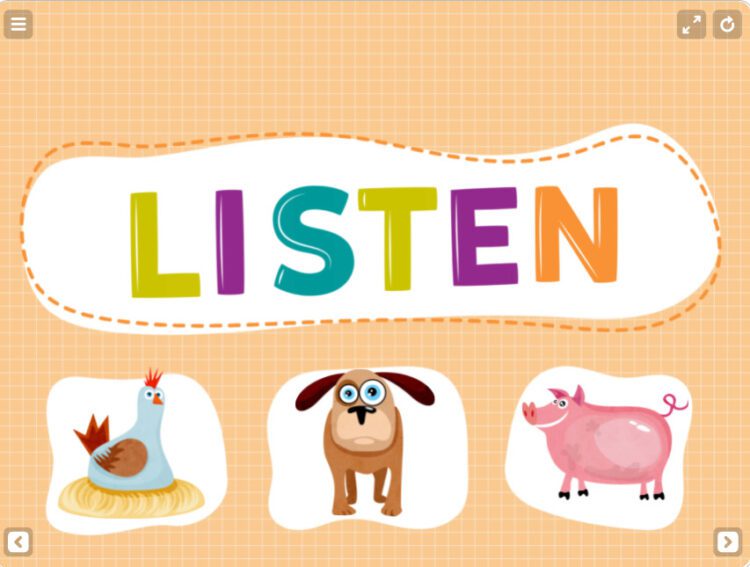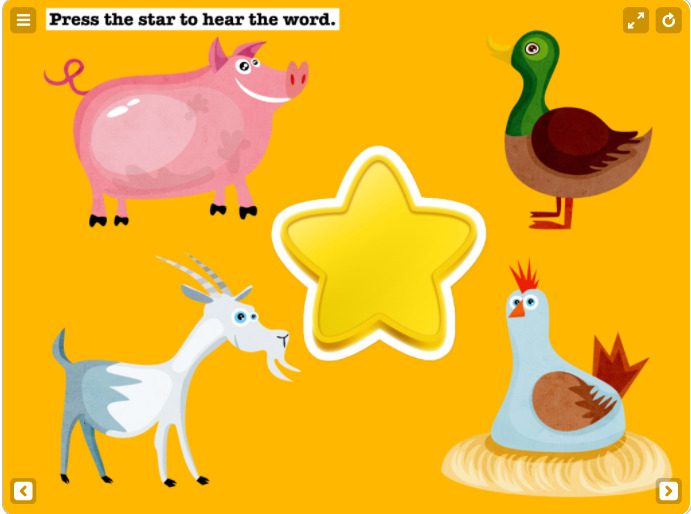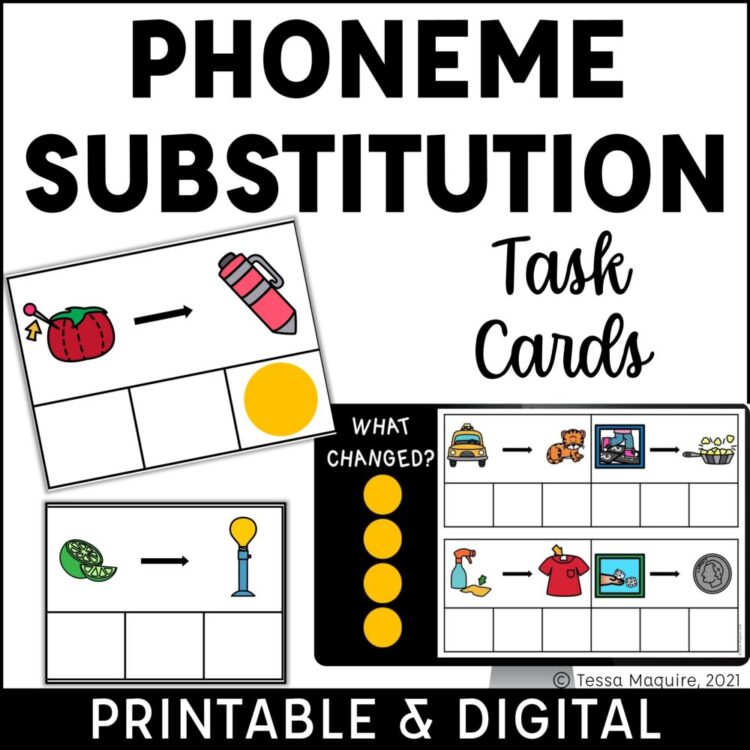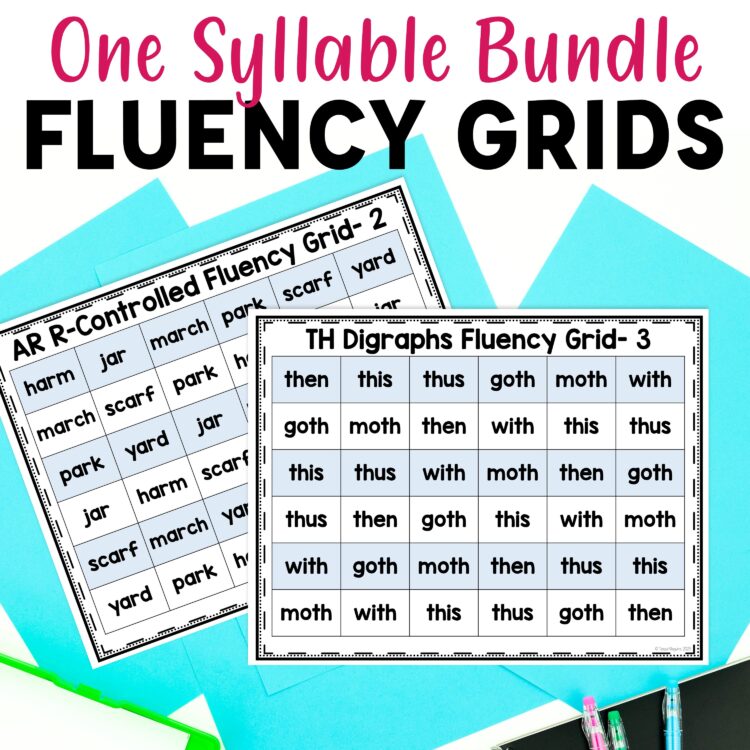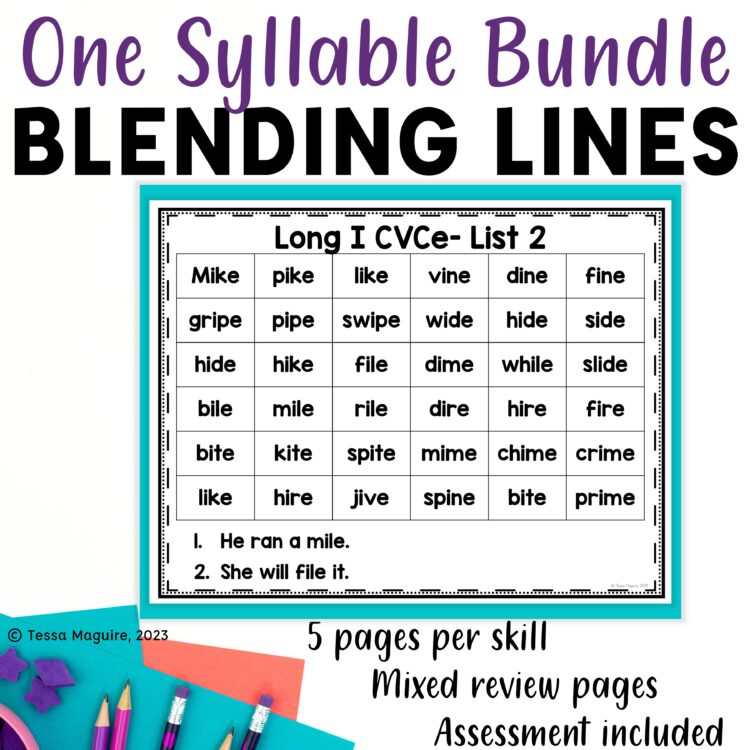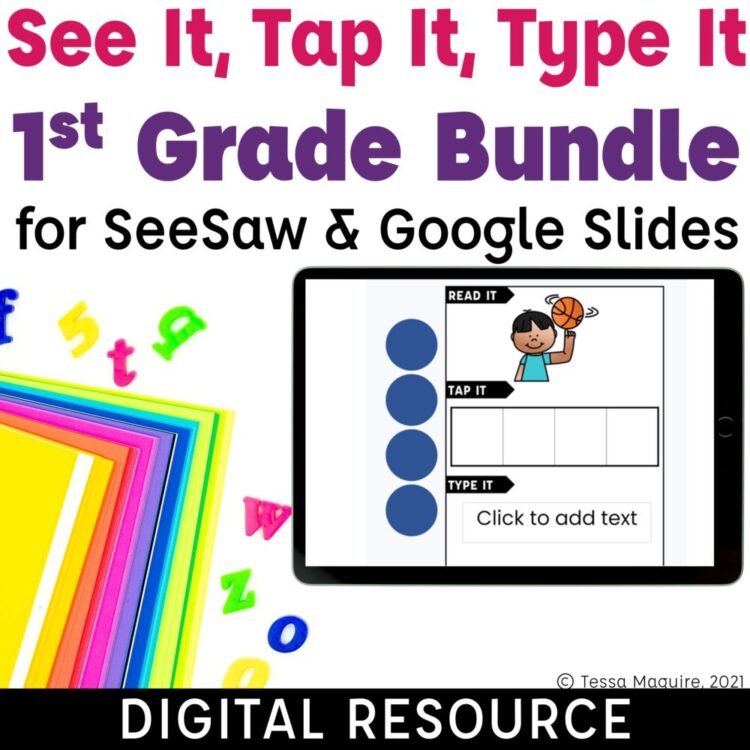© 2024 Tales from Outside the Classroom ● All Rights Reserved
18 Non-Print Phonemic Awareness Activities for Early Readers
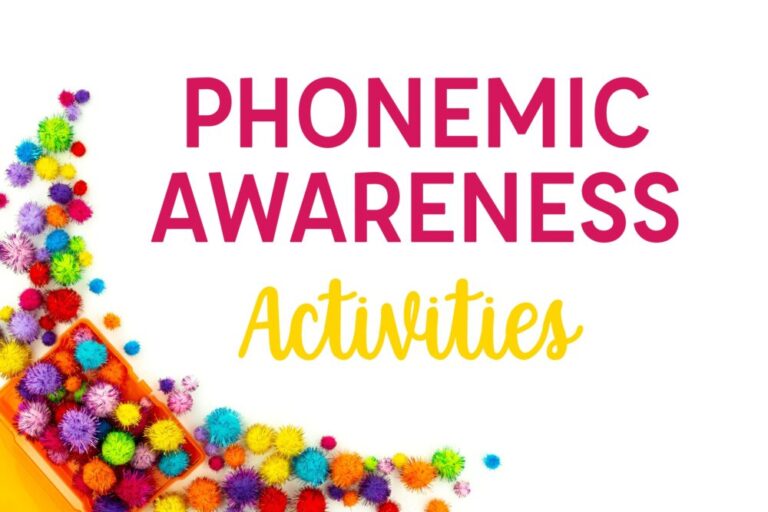
In continuing my posts on phonological awareness, we’re focusing on phonemic awareness activities. If you missed my posts on What is Phonological Awareness and What is Phonemic Awareness, you might find it helpful to begin there. All of the activities in this post are without letters/print. When working on beginning phonemic awareness tasks, I believe it’s beneficial to do some practice without letters. The cognitive load required to do the phonemic awareness task and connect it to the appropriate grapheme makes the task more complex. As students increase their phonemic awareness and letter-sound correspondence, however, they are better able to apply their work with print. While I include phonemic awareness work (in the form of segmenting and blending) with all reading and spelling (or word building) activities, I also include some non-letters based practice for those students that are truly deficient in phonemic awareness. It can be difficult to find resources and activities for practicing phonemic awareness without print, especially with phoneme manipulation tasks. I created this post with that in mind.
My Building Phonemic Awareness through Phonics post explores how you continue to build and reinforce phonemic awareness through your phonics and word work. Phoneme manipulation tasks are most often done with letters as students build their understanding of how changing out one specific grapheme changes the word. With that said, in my experience as an interventionist, I often worked with students that had weak phonemic awareness skills. It was critical that we reinforce those skills without attaching them to print- in addition to our phonics work. For students that are struggling with phonemic awareness, I recommend continuing practice without print in short time frames, always using something concrete. Also, reinforce phonemic segmenting and blending while sounding out words for decoding and encoding.
PHONEMIC AWARENESS ACTIVITIES
These phonemic awareness activities are presented from the least complex skill and build to more complex activities. There’s a variety of materials presented: online games, printable centers, and digital practice. My go-to resource for printable practice is the Florida Center for Reading Research (FCRR). For phonics and phonemic awareness skills, their resources are pretty much ready to print with very little extra work. Their phonemic awareness activities include phoneme matching, isolating, segmenting, blending, and manipulating. All of the resources are research based and are high-quality. I have linked a few activities below, but spend some time looking at all they have to offer.
Funbrain Jr. is a great app that offers different games and activities that build phonemic awareness skills amongst others. If your students have tablets, this would be a good app to add to their collections.
Some of the linked digital activities showcased below come from Education.com. It allows restricted access on the free version. So it’s a nice resource to practice specific skills, but won’t be able to be used regularly without a subscription. The same is true for the activities on TinyTap.
Activities for Initial Sounds
Odd One Out is an initial sounds matching game. Students identify the pictures and identify the one picture that starts with a different initial sound than the rest.
This activity is called Beginning Sounds and is on Tiny Tap. Students identify which picture does not begin with the same initial sound.
Activities for Middle Sounds
Word Gobble on Funbrain Jr. gives students practice matching medial short vowel sounds. The printed word is displayed but the letters are not a strong component in the game.
Hopper is a series of online activities from Education.com that has students clicking the image to match a short vowel sound. The sound, such as /e/, is given in each activity. Several different short vowel versions are included.
Activities for Ending Sounds
There is also a Ending Sounds Hopper activity from Education.com. Like the other Hopper activities, students click the image to match the given final sound.
Final Phoneme Find is a great, ready to print activity from FCRR.
This final sounds activity from IXL has students identify the two words with the same ending soZund. Pictures are given and can be given orally.
Phoneme Isolation Activities
These activities have students isolate sounds in all locations in words. This mixed location review helps build the skills necessary for later work with segmentation and blending.
Segmenting Quiz is another activity from education.com. This one practices isolating different sounds in words. The oral prompt identifies which sound students are identifying. An example is “Which word has an ending sound of /p/?”
These Digital Phoneme Matching Sorts have students practice isolating a specific sound in words and sorting pictures into the correct categories. There is no connection with print in this activity. 25 different pages are included in both Google Slides and SeeSaw. 3 different files are included: initial, medial, and final sounds so you are able to practice each skill separately. Because these are digital activities, they are perfect phonemic awareness practice during centers.
Segmenting and Blending
Segmenting and blending are the phonemic awareness activities that correlate with reading and writing the most. I focus much of my phonemic awareness work with these two skills.
Finger Phonemes from the University of Texas is a great strategy for making phoneme segmenting and blending concrete.
Elkonin Boxes are a tried and true resource for phoneme segmenting and blending. Students use a concrete manipulative in each box as they practice breaking apart the sounds in words.
Say It & Move It is similar to using Elkonin boxes but without the clear visual of the number of sounds. It’s a way to remove the scaffold of sound boxes and working towards independent segmentation while still using concrete manipulatives.
These Black & White Phoneme Segmenting and Blending cards are easy to print and prep! They are black and white and are printed 3 to a page. They are organized by number of sounds so you can scaffold or differentiate cards based on students’ needs. The given dots give students reinforcement with the number of sounds as they practice segmenting and blending the given sounds in the words.
Blending Segmented Words is available through TinyTap. Students listen to the given sounds in a word and choose the correct corresponding picture. The game doesn’t change with continued play, so it’s more of a resource that can be used just a couple times.
Blending and Segmenting words is a similar game from the same user on TinyTap. Students listen to the sounds in a word and find the corresponding picture.
I have an in-depth post on successive blending. It supports those students that struggle with blending, but does use letters. For these students, I find practicing both with and without letters beneficial.
Phoneme Manipulation Activities
Phoneme manipulation is the most complex on the phonemic awareness continuum. According to Dr. David Kilpatrick, manipulation activities are the most important to measure. Students that struggle with phoneme manipulation will struggle to apply their phonics learning to decoding and encoding. Often, many phoneme manipulation activities are done with print- especially with work with word families and adding, deleting, and substituting initial sounds. But it’s important for young or struggling students to practice phoneme manipulation without print as well. This post from Reading Rockets has a variety of phonological activities. It has a superb sequence for phoneme manipulation activities.
Phoneme Deletion
What’s Left is a phoneme deletion activity from FCRR. Students use the given picture cards to match the word with what’s created when the initial sound is deleted.
Final Phoneme Pie is another phoneme deletion activity from FCRR. Students use the given picture to delete the final sound.
Phoneme Substitution
In these Phoneme Substitution Task Cards, students identify if the initial, medial, or final sound changed between two given pictures. There are 120 different task cards included in both printable and digital versions. Each of the task cards works with words with 3 phonemes, though some contain digraphs and long vowel sounds. The digital versions are provided in both Google Slides and SeeSaw so you can use whichever platform works best for you and your students.
I hope you have been able to find several phonemic awareness activities that you can add to your repertoire. My next post will showcase how you can continue to build and reinforce phonemic awareness during your phonics work. For students to be efficient decoders and encoders, it’s critical that they’re phonemic awareness skills are strong.
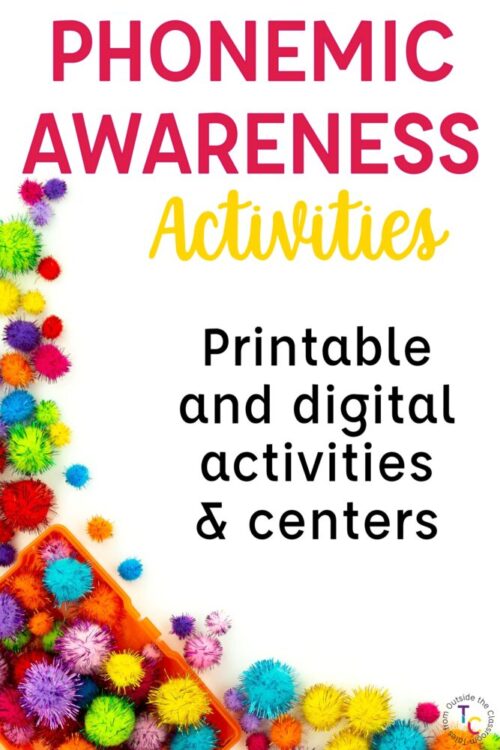
Newsletter Sign Up
Signup for my weekly-ish newsletter. I send out exclusive freebies, tips and strategies for your classroom, and more!
Please Read!
You have successfully joined our subscriber list. Please look in your e-mail and spam folder for Tales from Outside the Classroom. Often, the confirmation email gets overlooked and you're night signed up until you confirm!

Hi! I’m Tessa!
I’ve spent the last 15 years teaching in 1st, 2nd, and 3rd grades, and working beside elementary classrooms as an instructional coach and resource support. I’m passionate about math, literacy, and finding ways to make teachers’ days easier. I share from my experiences both in and out of the elementary classroom. Read more About Me.









